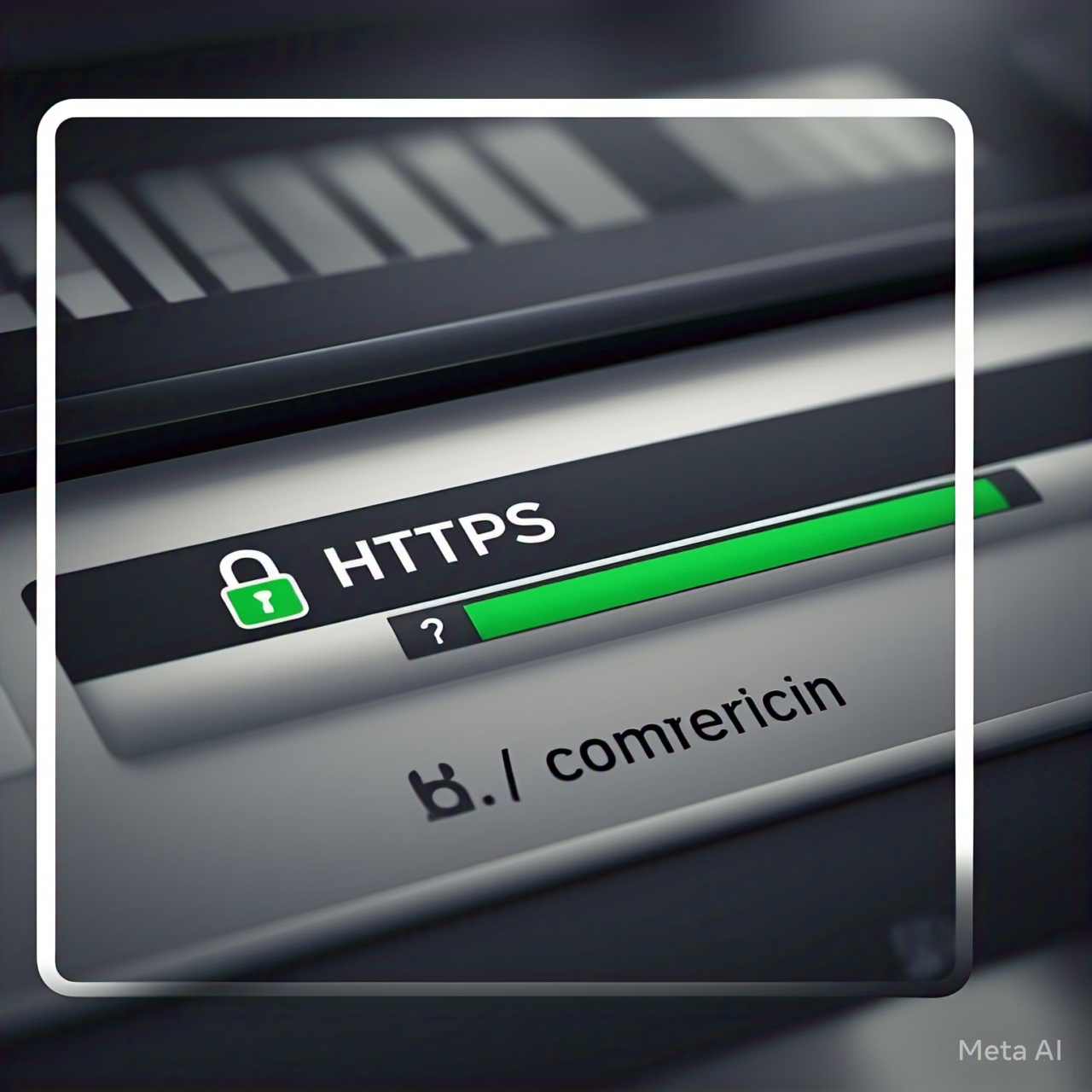Posted inWeb Solutions
Mobile-First Indexing and Performance Improvements
Mobile-First Indexing is a Google search engine ranking factor that prioritizes the mobile version of your website for indexing and ranking purposes. This approach is essential because the majority of web traffic now comes from mobile devices, and Google wants to ensure users get the best experience across all devices. Mobile-First…



